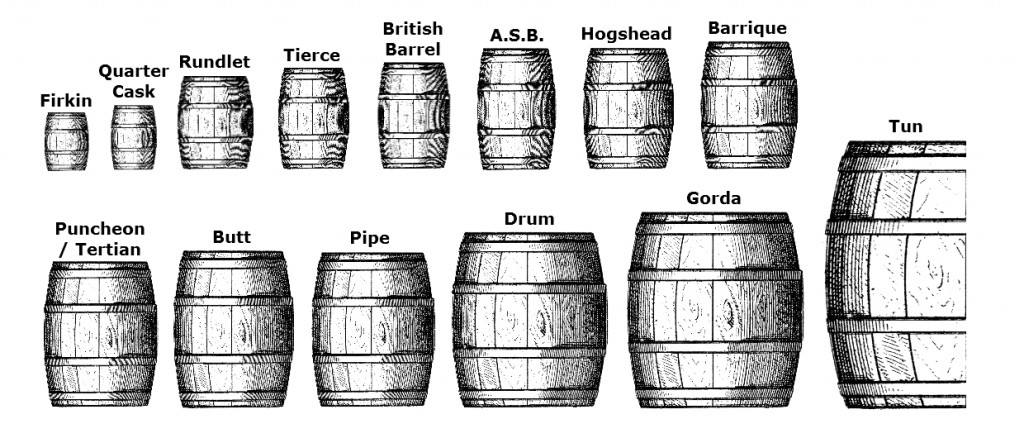What defines the type of barrel that whiskey is aged or finished in?
Different styles of barrel aged liquors use different style oak casks. Sherry, for instance is aged in larger barrels called a sherry butt or sherry puncheon which can hold 132 gallons. Originally, scotch was aged in mostly sherry casks because sherry casks were readily available. The sherry industry shipped their product in barrels, not bottles, and the whisky industry made good use of those used oak barrels. In the 70’s sherry began being shipped in bottles, and scotch producers turned to used bourbon barrels from the U.S. This use of different barrels changed the flavor of scotch significantly and many producers turned to using the more expensive sherry butts as a finishing barrel to reclaim some of those old flavors. Some (like Glenmorangie) actually went so far as to create a market for sherry producers to create barrels seasoned with sherry strictly for production of whisky. Most sherry butts that are used solely for this purpose do not produce sherry that is considered good for consumption. That sherry will be distilled instead to make brandy.
The term “barrel” is actually a size destinction, though it is usually used as a container description (small 5 gallon barrel, 10 gallon barrel, etc.). An American Standard Barrel (ASB) is 53 gallons and a standard European cask is bit larger. American barrels were actually closer to 48 gallons before WWII, but wood shortages drove coopers to make bigger barrels to save in cost and space. The largest size that would fit in a standard rick (or storage shelf) was 53 gallons, hence the size we have now. In Europe, the standard is a hogshead which can be anywhere between 59-66 gallons. It is a common practice to disassemble an ASB and rebuild it into the larger size “hoggie”.

